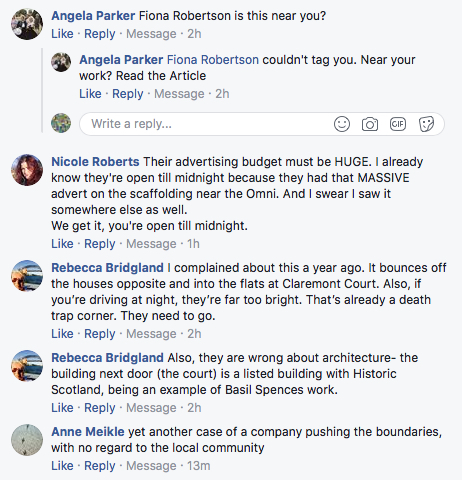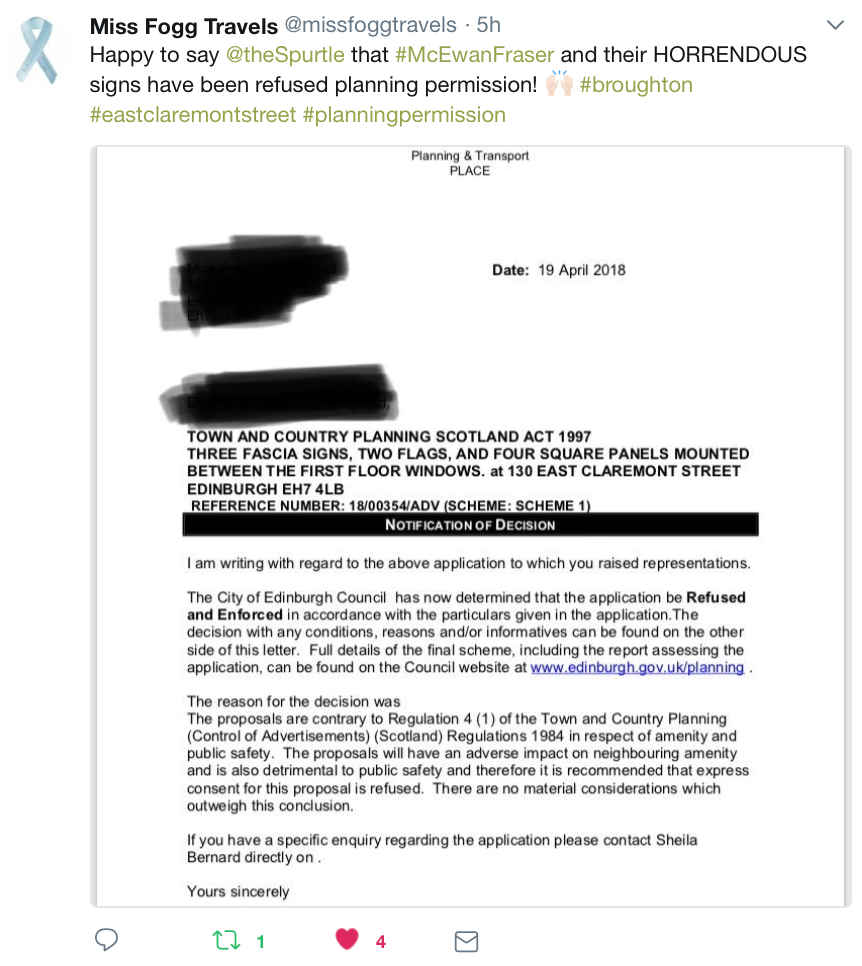
McEwan Fraser Legal seeks retrospective permission for nine advertisements outside its HQ at 130 East Claremont Street (Ref. 18/00354/ADV).
These consist of:
- three fascia signs, an internally illuminated one above the front door; and one above the ground-floor windows on either side (neither illuminated)
- two polyester flags on white and green flagpoles attached to the gate piers
- four internally illuminated square panels between the windows at first-floor level.
Because the illuminated signs are fixed above the level of the first floor, they require ‘express advertisement consent’.
Refusal or consent for these advertisements will depend on whether they are found to negatively affect local amenity (i.e. the way things were before they were put up) and public safety.
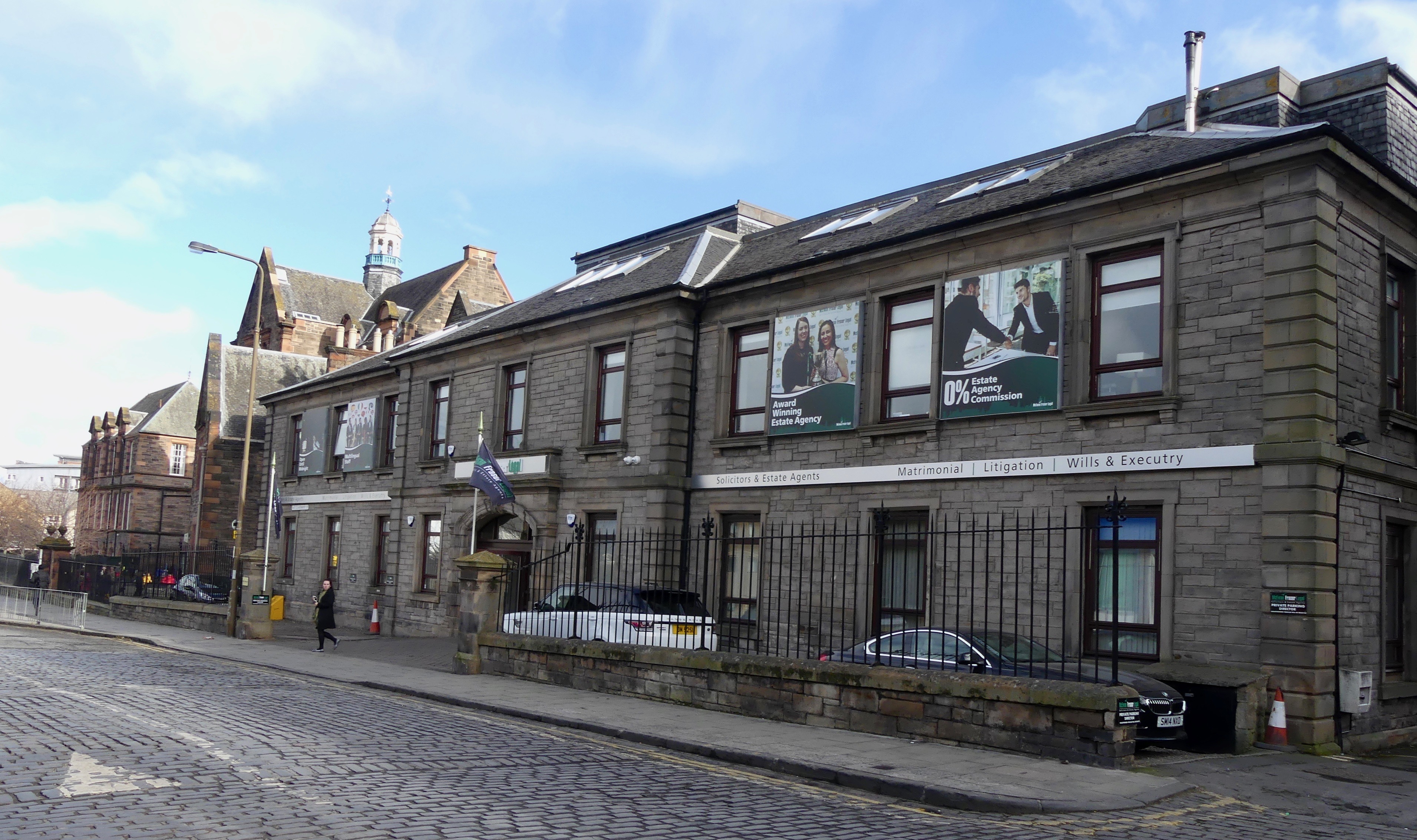
More special than some may think
MFL says in its Planning Statement that ‘The site is not in an area of special control, and is not an area likely to be considered as such, and also it is not covered by any other designations relating to historic or architectural merit.’
Locals point out that Broughton Primary School and what Gifford et al.* describe as the ‘civilised block’ of Claremont Court (adjacent) are Category B and Category C-listed respectively. They argue that having between them what currently looks at first glance like a brightly lit casino or second-hand car salesroom certainly detracts from their setting.

MFL claims that the advertisements on the building have been designed with care for this particular frontage.
Residents respond that the extraneous advertising clutter interrupts and detracts from the otherwise sober and pleasingly understated simplicity of the front elevation – what Gifford et al.* described in 1983 as its ‘well proportioned front'. There is far too much of this intrusive signage, they say, and it has a negative effect on amenity.
How high is high?
MFL claims there is ambiguity in the guidance for business that states that high-level signage is ‘not normally considered acceptable’. MFL does not consider that its first-floor signage is ‘necessarily “high”’.
Neighbours point out that it is higher than any other signage in the immediate area, and high in terms of the overall height of the building to which it is attached.
They assert this has a negative aesthetic impact on the design of the building and the character of the area.
As Spurtle reported last summer (Issue 264), the illuminated signs also have a negative impact on the amenity of neighbours because they are so bright that they shine into nearby properties. Even Claremont Court residents have reported this effect, with light being reflected into their homes from windows opposite.

Public safety
MFL claims that ‘There are no issues at all with public safety. There are no moving parts, flashing lights, red or green illumination, obstructions to traffic or pedestrians. There is no risk to the general public or to traffic or other road users.’
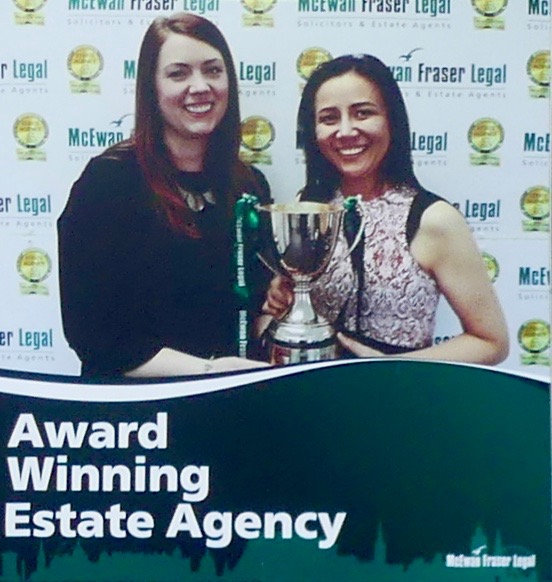
They continue by noting that the junction of East Claremont Street and Broughton Road is a very busy one close to a primary school. It has in recent years been the site of a fatal collision. There are two pedestrian crossings hereabouts, and a multiplicity of traffic lights, yellow warning lights and shop/restaurant frontages which, in the dark and in wet weather, already combine to form a visually confusing streetscape.
The addition of illuminated advertising and flapping flags here, all designed to attract attention (thereby distracting attention from the road) has very real public-safety implications for pedestrians and road users alike.
We therefore suspect that, at the very least, locals will call for the removal of flags and permanent deactivation of the illuminated signage.
Anyone wishing to express their support for, or objection to, MFL’s retrospective application may do so online here by 7 March.
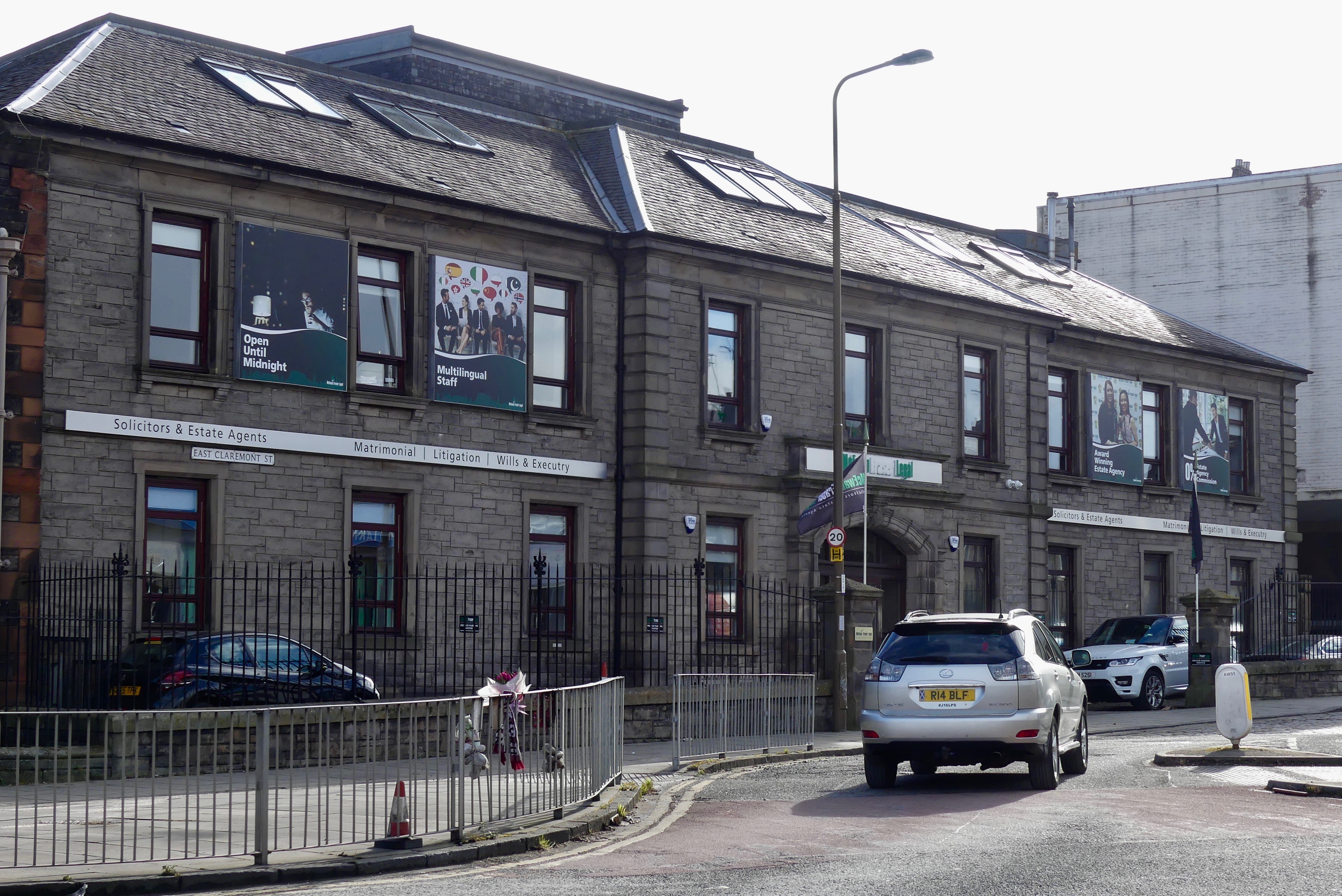
1. Gifford et al. (1983) The Buildings of Scotland: Edinburgh (Harmondsworth, Penguin Books).
2. Tattoo face image: TUERTO, Wikimedia Commons.
============
